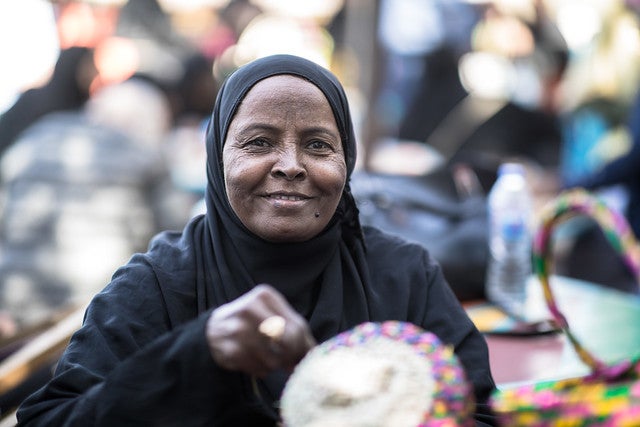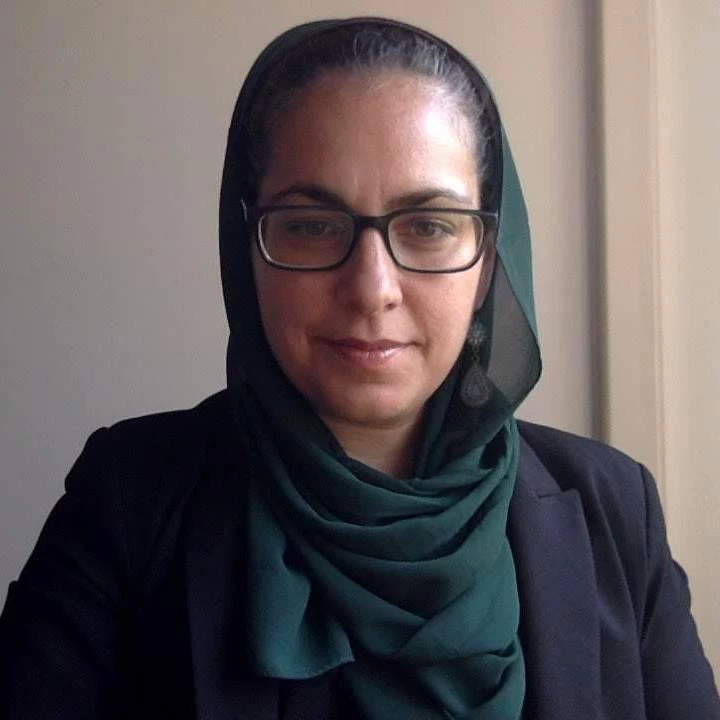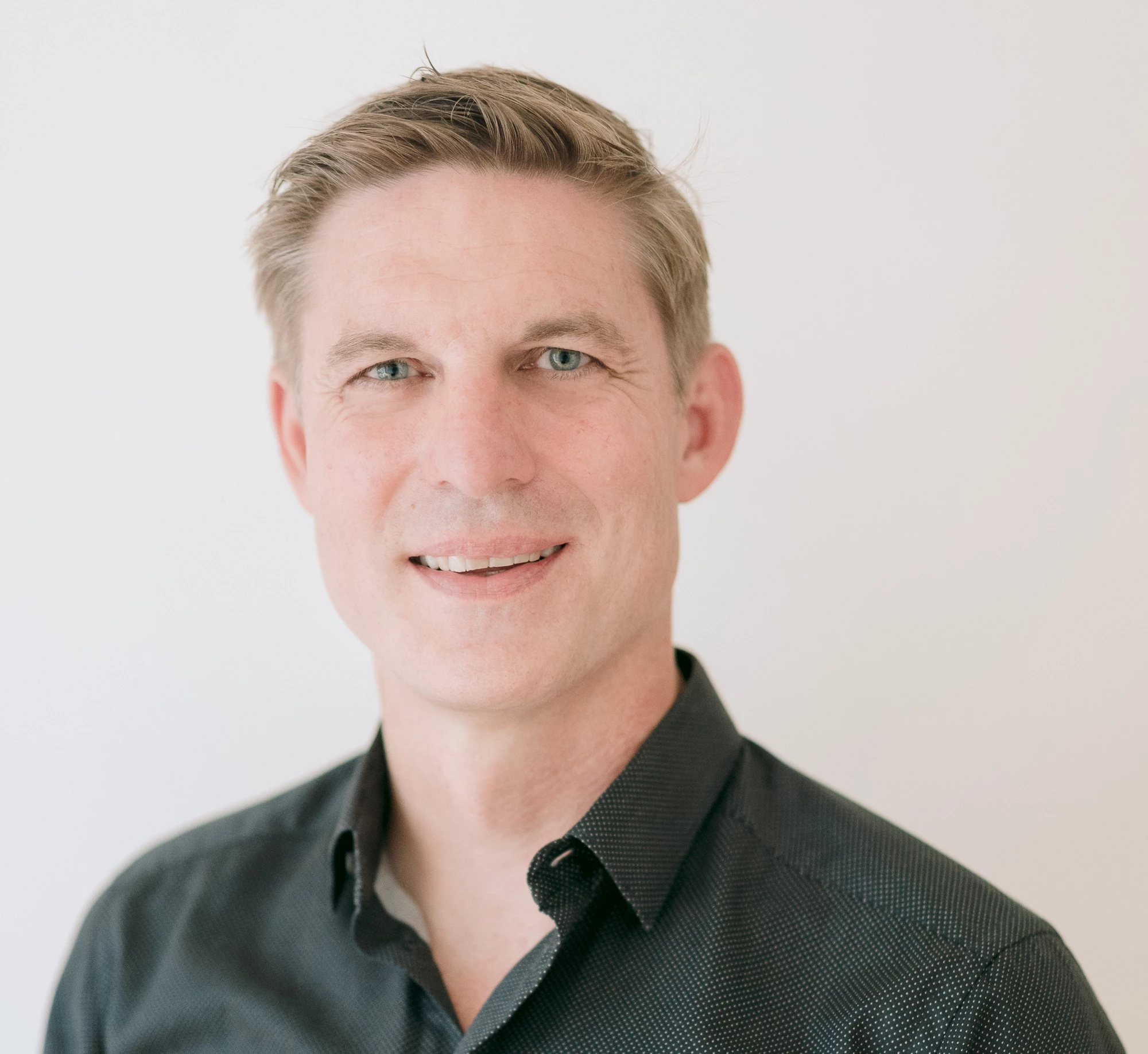 世界银行集团行长戴维∙马尔帕斯在埃及阿斯旺会见小微企业女企业家。 照片:世界银行/ Andy Trambly
世界银行集团行长戴维∙马尔帕斯在埃及阿斯旺会见小微企业女企业家。 照片:世界银行/ Andy Trambly
While the Human Capital Project (HCP) and the Human Capital Index (HCI) were launched just over 6 months ago in Bali, the tenor of conversations on investing in health has already changed. The pursuit of policies towards Universal Health Coverage (UHC) – quality, affordable healthcare for all without financial compromise – is being bolstered by growing recognition that good population health, nutrition and education create the foundation for sustainable economic growth. It is now much better understood that a well-educated, healthy and well-nourished workforce pays bigger dividends to the economy than simply building new roads and bridges. For example, a randomized control trial in Jamaica showed that a simple, cheap intervention such as having a community health worker teach parenting skills to communities can boost income by 25% two decades later. Small increases in birthweight, a key indicator of in-utero health, lead to increased earnings over a lifetime; while reducing smoking at about the equivalent of five pack-years increases income by 7%. Though infrastructure investments may see quicker returns, investing in health builds a productive workforce that transmits gains over generations.
The HCP has elevated the dialogue in over 60 countries that have signed up to accelerate improvement towards human capital outcomes. Ministries of Finance are leading the charge. Since the World Bank annual meetings in October 2018, these countries are undertaking broad efforts to strategize on addressing key challenges to better outcomes. Human capital is now taking center stage in country development plans with whole-of-government approaches driving better results. Leaders from the health, education, finance, social protection, transport, agriculture and water and sanitation now sit at the same table to plan. Resulting programs are better aligned to maximize impact. Tax policies are being reformed to increase the fiscal space for human capital development. This kind of collaboration promises accelerated progress on health and human capital. Here are a few examples of this growing momentum:
- The government of Tajikistan convened high-level cabinet members to discuss human capital issues, which also focused on the development of a multi-sectoral platform for early childhood development, a critically important target area for long-term impact on health and human capital
- Human capital development was recently a hot topic of debate for presidential candidates in Indonesia
- Nigerian Government constituted a human capital working group made up of a variety of sectors
- In Ethiopia, a multi-sector coordination committee of five Ministers has been formed to operationalize the Government's HC agenda
- Armenia, Azerbaijan, Botswana and Georgia each convened high-level, inter-ministerial discussions on the Human Capital Project and their respective paths forward. Pakistan had a Human Capital Summit and several others such as Nepal and Bhutan have followed suit
Global experience to-date points to six opportunities for moving forward on reducing health gaps as part of the human capital agenda:
- First, increase and sharpen financing for better outcomes. Current spending on health needs to increase and what we already spend must be used more efficiently. Innovative partnerships, especially with the private sector, can help move in this direction.
- Second, quality matters: health and human capital development won’t be solved by increasing the number of health centers and schools alone. We’ve learned this lesson the hard way: the quality of health and education services delivered in facilities is key to success and cannot be ignored.
- Third, we need to broaden our investment horizons. The biggest impact programs with the highest economic returns target pregnant women, young children and adolescents, support people throughout the lifecycle and see returns decades later. Conversely, shocks like chronic malnutrition experienced early in life compromise physical and cognitive development and set people on low production trajectories for life.
- Fourth, countries need to embrace innovation. While investing in well-implemented tried-and-true programs such as childhood immunizations is critical, we need to simultaneously stay alert for new approaches to improve health outcomes. This may mean new technologies, but also new ways to organize systems or inspire behavior change.
- Fifth, people should be mobilized for change and demand should be bolstered. It behooves us to consider both supply and demand side approaches throughout our work. People should be viewed as partners in development and given opportunities to participate and provide feedback to their governments and service providers. This type of engagement serves as an accountability and quality check and ultimately as a resource for development.
- Finally, health and education initiatives should be aligned. These two sectors have the potential to produce exponential results if they work together. Children learn better when they are healthy and education helps people stay healthy for a lifetime. Linking the sectors means that healthcare facilities and schools can form a continuous platform for children to survive and thrive.
It is heartening to see that many countries are already making progress on these six areas and on investing in healthy, well-educated populations for generations to come.




Join the Conversation